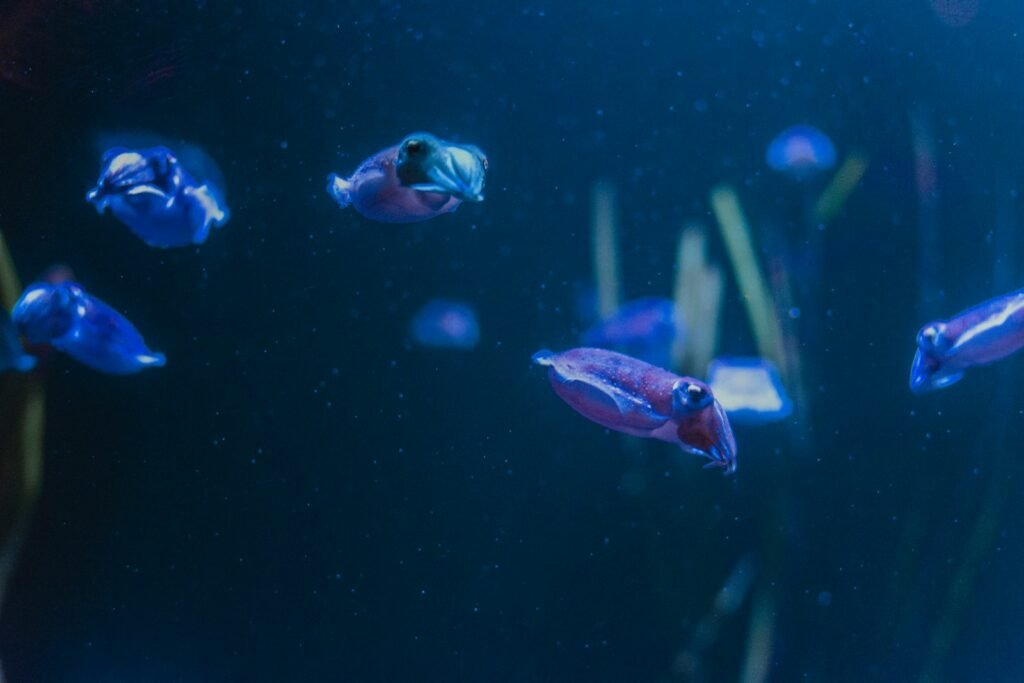Imagine staring into the inky blackness of the ocean’s depths, where sunlight never dares to reach and the pressure could crush a submarine like a soda can. Now picture a creature gliding silently through this eternal night, its eyes enormous and hauntingly brilliant, evolved over millions of years to pierce the darkness. Nature’s greatest visual marvel isn’t found in the skies or on land—it hides in these shadowy waters. It’s the colossal squid, a deep-sea legend with eyes so gigantic, scientists are left awestruck by their size and purpose. What secrets do these magnificent, otherworldly orbs hold, and why did evolution favor such a breathtaking adaptation?
The Deep Sea: A Realm of Darkness and Mystery
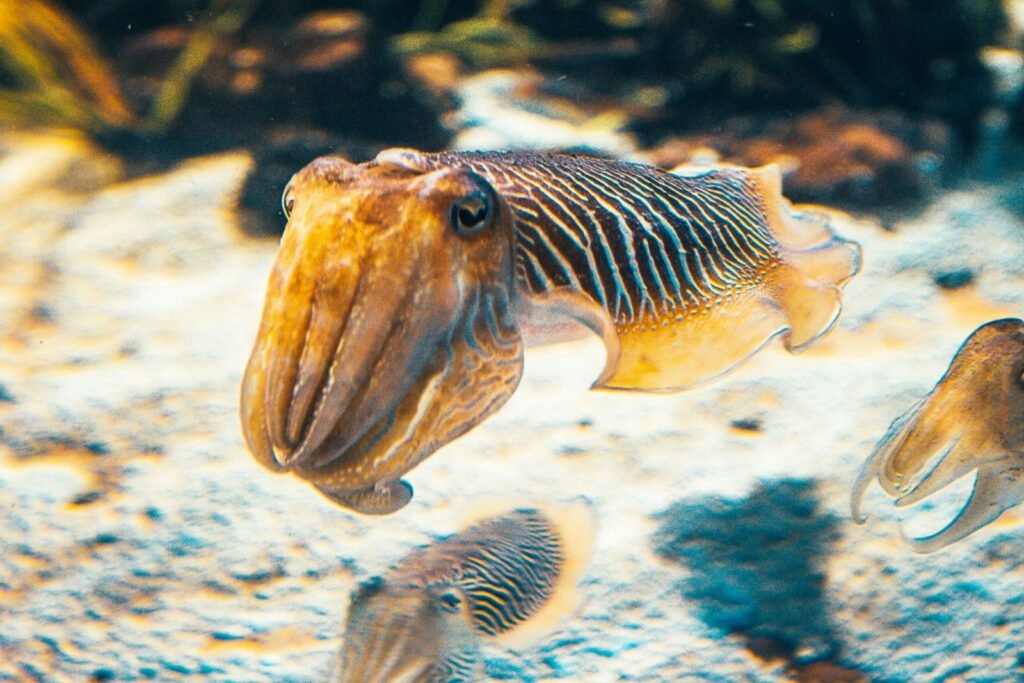
Descending into the deep ocean is like entering another world, one shrouded in darkness and mystery. Down here, beyond the reach of sunlight, creatures have evolved in astonishing ways just to survive. The pressure is intense, and the cold is bone-chilling. Most animals that live at these depths have heightened senses, but the most remarkable adaptation belongs to the colossal squid. In this realm where vision is a challenge, having bigger and better eyes is a game-changer. The deep-sea world is unforgiving, and only the most extraordinary traits can ensure survival.
The Colossal Squid: A True Ocean Enigma
The colossal squid, scientifically known as Mesonychoteuthis hamiltoni, is a creature few people have ever seen alive. It can grow up to 14 meters long, making it one of the largest invertebrates on Earth. What truly sets it apart, however, are its eyes, which can reach up to 27 centimeters across—about the size of a basketball. These are the largest eyes of any animal, living or extinct, and they stand as a testament to the wonders lurking in the deep. No other animal, not even the mighty blue whale or the elephant, comes close in the eye-size contest.
Why Such Enormous Eyes?
At first glance, it might seem excessive for any creature to have eyes so large. But in the pitch-black waters where the colossal squid lives, seeing even the faintest glimmer of movement can mean the difference between life and death. Enormous eyes gather more light, allowing the squid to spot faint bioluminescence from other deep-sea creatures or the shadowy approach of a predator like the sperm whale. This adaptation is not just impressive—it’s essential for survival in an environment where every advantage counts. The colossal squid’s eyes are nature’s ultimate night-vision goggles.
The Science Behind the Squid’s Super Vision
Scientists have marveled at the engineering behind the colossal squid’s eyes. Their huge size means they can detect even the tiniest amount of light, such as the glow given off by other deep-sea animals or the ripple of movement in the water. The eyes are equipped with a large lens, which helps focus faint light onto the retina, maximizing the chances of spotting prey or avoiding danger. In essence, these eyes are precision instruments finely tuned for the deep sea’s unique challenges. Researchers have even likened them to powerful telescopes, capable of detecting the faintest signals in the abyss.
Comparing Eye Size in the Animal Kingdom
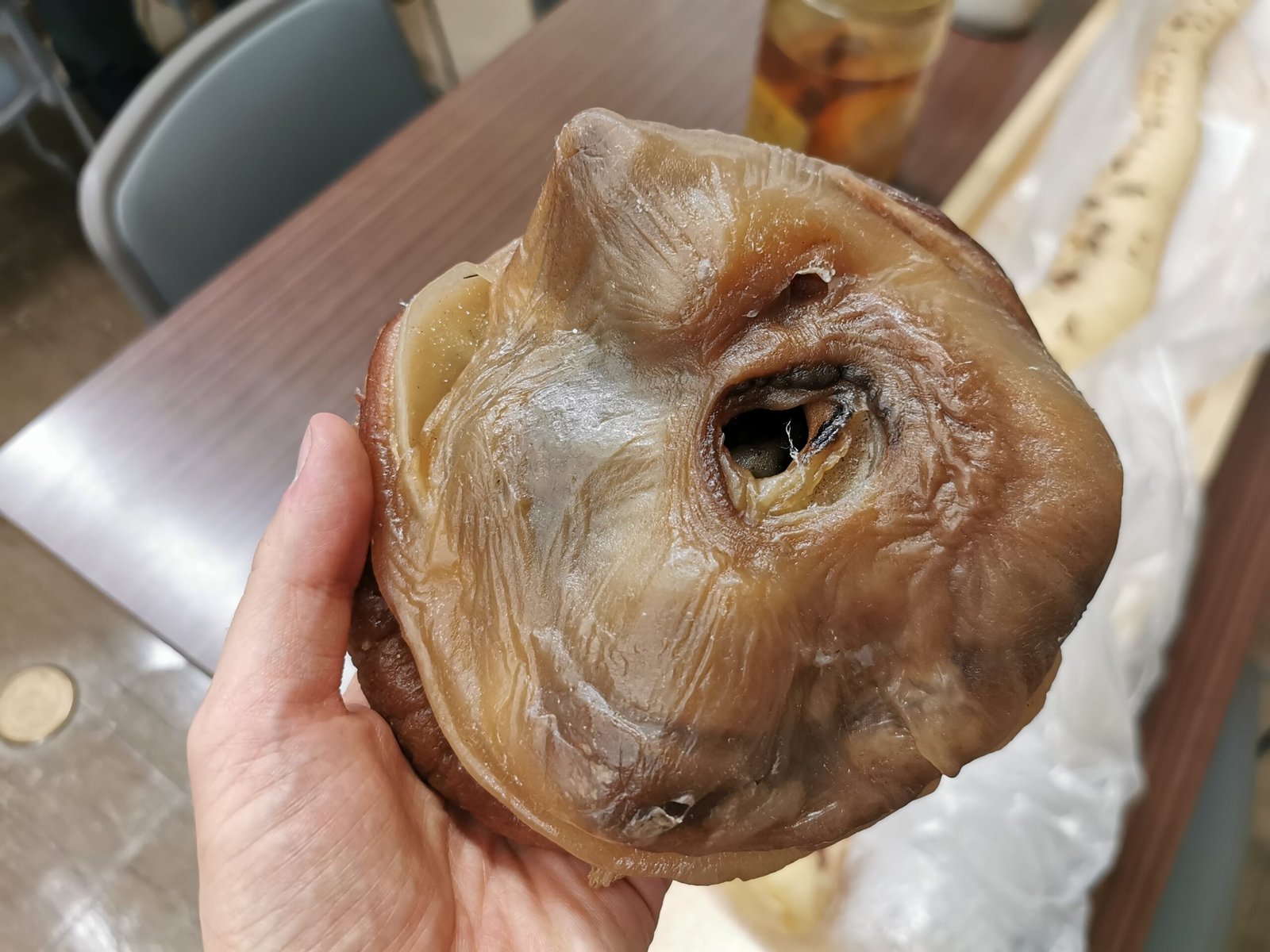
When it comes to eye size, the colossal squid is in a league of its own. The next largest eyes belong to the giant squid, which can reach about 25 centimeters across, still smaller than the colossal squid’s. In contrast, the largest land animal eyes belong to the ostrich, but even those are dwarfed by the deep-sea legend. This comparison highlights just how special the colossal squid is—its massive eyes are a spectacular example of how evolution tailors creatures to their environments. It’s not just size for the sake of size; it’s size with a vital function.
Life in Total Darkness: How the Squid’s Eyes Work
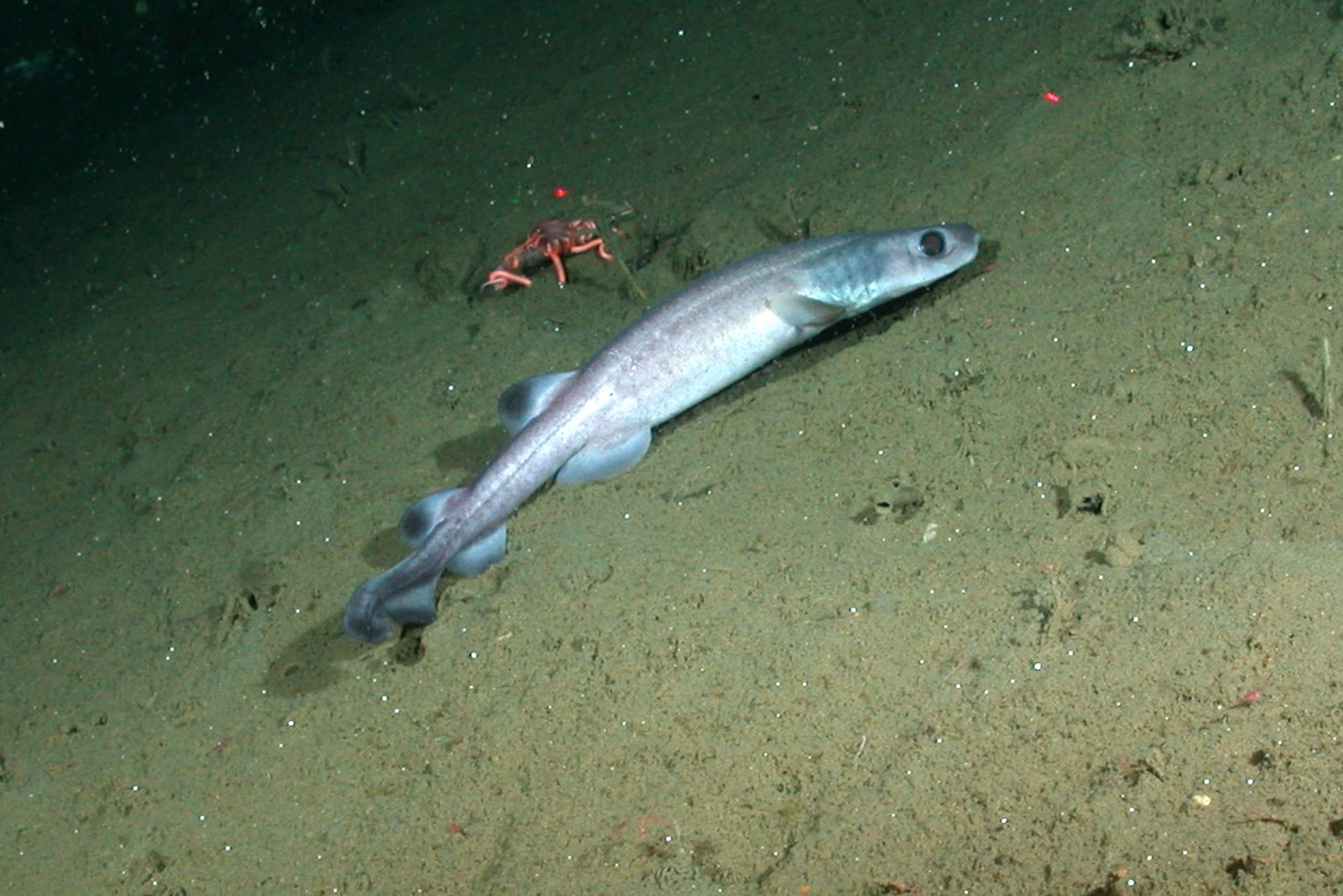
Living in a world without sunlight means that every photon counts. The colossal squid’s eyes are perfectly adapted to catch these rare bits of light. Their retinas are packed with light-sensitive cells that can detect the faintest glows. Some scientists believe these eyes allow the squid to see large shapes, like the outline of a sperm whale, from dozens of meters away. This is a crucial advantage, as sperm whales are one of the squid’s main predators. In a place where hiding is nearly impossible, being able to see danger coming is priceless.
Sperm Whales: The Eternal Rivals
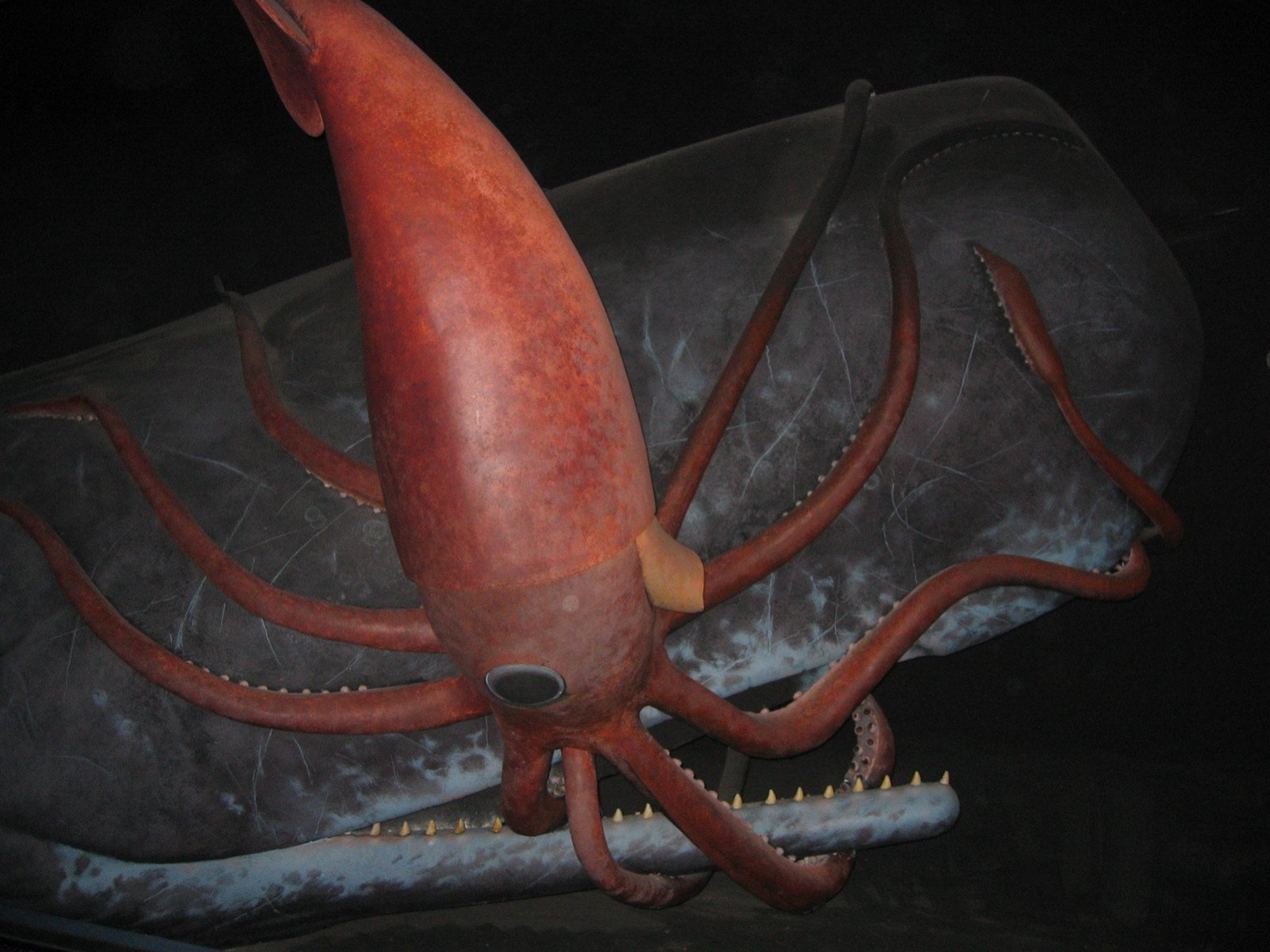
The colossal squid’s gigantic eyes did not evolve by accident. One of the main drivers is its epic rivalry with the sperm whale. These whales dive deeper than almost any other mammal, hunting squid as a staple of their diet. In the silent ballet of predator and prey, the ability to spot a whale’s approach is a matter of life and death for the squid. This evolutionary arms race has pushed both animals to develop extraordinary adaptations—one growing ever larger eyes, the other ever more stealthy hunting techniques.
The Role of Bioluminescence
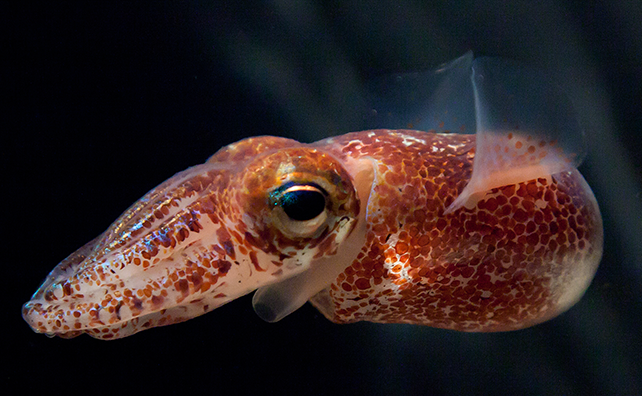
The deep sea is not entirely dark—many creatures here create their own light through bioluminescence. The colossal squid’s massive eyes are perfectly suited to detect these tiny flashes and glimmers. This ability helps the squid navigate, find prey, and avoid predators in an otherwise featureless void. Scientists believe the squid may even use these light signals to communicate or to recognize other creatures in the dark. This remarkable sensory adaptation turns the darkness into a world full of subtle cues and signals.
Challenges of Studying the Colossal Squid
Despite its fame, the colossal squid remains one of the least understood giants of the sea. Its habitat is so deep and remote that very few specimens have ever been found, and even fewer observed alive. Most of what we know comes from squids caught by deep-sea trawlers or found in the stomachs of sperm whales. This makes every new discovery precious. Scientists continue to dream of one day observing a live colossal squid in its natural environment, hoping to unlock more secrets of its mysterious life.
What We Can Learn from the Squid’s Eyes
The colossal squid’s eyes are more than just a quirky fact—they are a window into the extraordinary ways life adapts to the harshest environments. By studying these eyes, scientists gain insights into vision, evolution, and the challenges of surviving in extreme darkness. This knowledge could inspire new technologies, such as advanced cameras or night-vision systems. The story of the colossal squid encourages us to look deeper, to question what other marvels might exist in the unexplored corners of our world.
The colossal squid’s enormous eyes are a testament to nature’s power to amaze and adapt. Their story reminds us that even in the darkest corners of our planet, evolution crafts wonders beyond imagination. What other secrets might the deep still hold?

